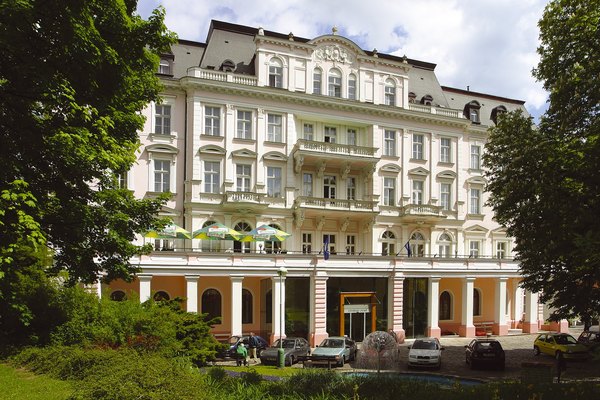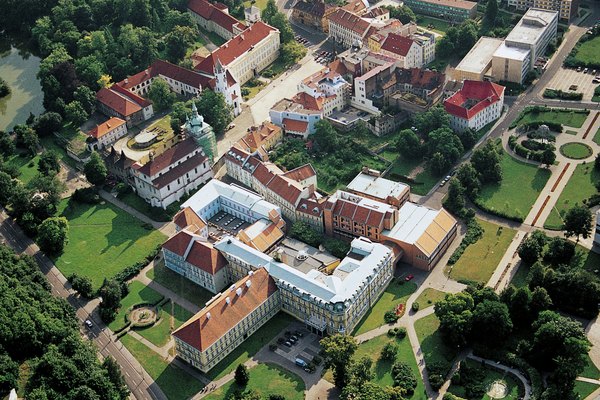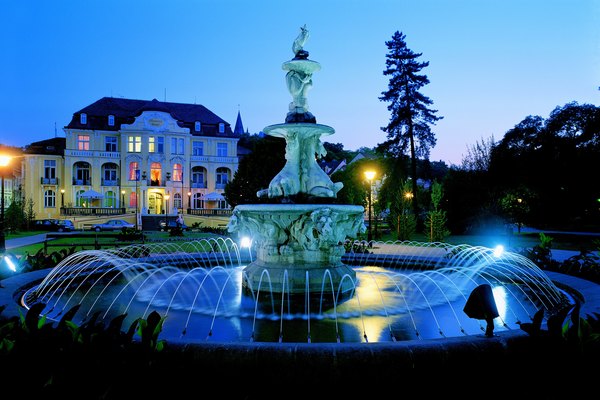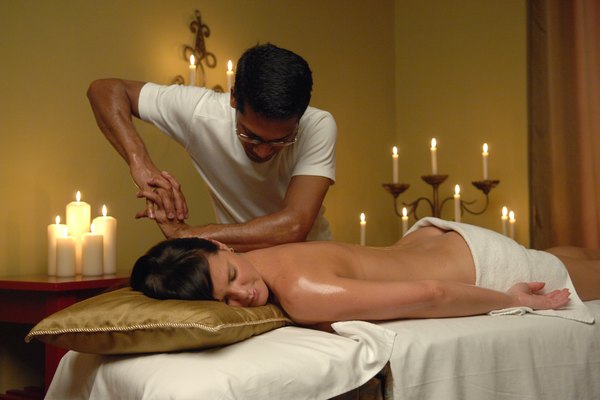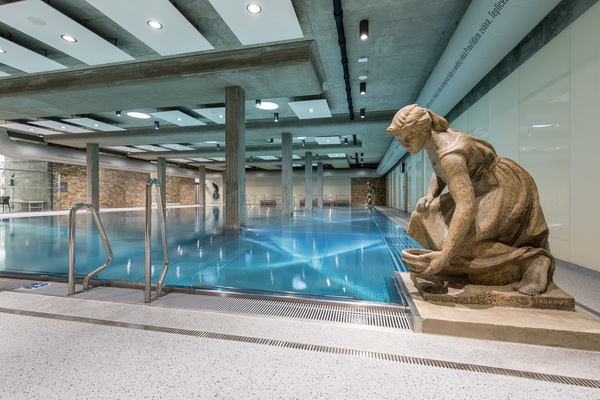Lázně Teplice v Čechách a.s.
,Teplice
The Lázně Teplice v Čechách spa ranks among the European spas with the longest tradition (more than 2000 years). It is the only spa in the world that has thermal mineral water of a bicarbonate-sulphate-sodium type with a high content of minerals and radon in addition and with the temperature of 41°C. We offer treatment, rehabilitation and prevention against musculoskeletal system diseases, mainly problems with joints, the spine, back pains and related headaches. We carefully monitor the effects of our treatment. The results are assessed by physicians and also the guests themselves who subjectively feel improvement in 95.7 % of cases. The physicians even state the positive change of the patients´ health condition in 96.1 % cases. Accommodation capacity comprises 679 beds in hotels of four star or three star category and in dependent apartments. First-rate quality care and all services are provided under one roof in three spa houses: Imperial Spa, Beethoven Spa House, and Stone Spa. The varied offer of many short-term relaxation and long-term therapeutic stays will certainly satisfy guests hungering for rest, treatment but also unusual experiences.
Contact data
Phone:
+420 417 977 444Email:
info@lazneteplice.czAddress
Mlýnská 253
Teplice v Čechách
415 38
What is treated here
Adult
Spa location
The Teplice Spa is the oldest spa in Central Europe with an almost two thousand year old tradition. It is located in North Bohemia at the foothills of the Ore Mountains. The beginning of the history of this small town is linked with the curative springs that were already known two thousand years ago. This fact can be easily evidenced by the archaeological findings of Roman coins in Pravřídlo and the findings of Celtic coins and jewels in Obří pramen by Duchcov from the beginning of our new calendar (AD). In the 18th and 19th centuries, Teplice used to be called Little Paris or the Salon of Europe, visited by many eminent individuals, such as Tsar Peter I, the Swedish King Gustav IV, the Prussian King Bedřich Vilém III, then Ludwig van Beethoven, Johann Wolfgang Goethe, Richard Wagner, Frederick Chopin and Franz Liszt. Nowadays, the Teplice Spa is a top-class spa resort with a comprehensive range of diagnostic and therapeutic possibilities as well as catering and accommodation services of a high quality level.
Natural warm to hot mineral water, natural mineral water of the bicarbonate- sulphate-sodium type.
Adults + children and teenagers: endocrine, nutritional and metabolic diseases, neurological diseases, musculoskeletal system diseases.
Visit the Ore Mountain Theatre, the Community Centre or the Beethoven Spa House which serve as venues for regular concerts performed by the North Bohemian Philharmonic Orchestra, music festivals, promenade concerts and theatre performances. You can also choose various destinations for your walks and trips to large parks and gardens with fountains, an astronomical observatory, a planetarium, botanical gardens, ruins of the Doubravka Castle above the town and many others. There is an Aqua Centre with thermal water and outdoor sunbathing. For those who love swimming and water sports the spa town offers the Barbora natural quarry supplemented by a newly constructed golf course. Tennis and squash can be played all year long. In winter, guests can go cross-country skiing on well-maintained running tracks or enjoy downhill skiing in the Ore Mountains.
Duchcov: A chateau where the famous lover, conqueror of women’s hearts, writer and adventurer, Gaicomo Casanova, spent the last years of his life. The well-known courtyard is decorated by gorgeous sculptures by Matthias Bernard Braun.
Dubí: The Church of the Immaculate Conception of the Holy Virgin Mary built in the Venetian style according to the design of an architect Pietro Biagilio in 1906. This is the only structure of this kind in Central Europe.
Bílina: Archaeological findings – fortification from the Přemyslid era.
Chlumec: A monument built in 1913 to remember the battle victory of the Russian-Czech-Austrian allied armies over Napoleon in August 1813.
Teplice Chateau: In the courtyard visitors can see the foundation of the basilica of an ancient monastery and a Romanesque crypt. The chateau was built during the Renaissance period and some Baroque and Neo-classicist elements were added later.

